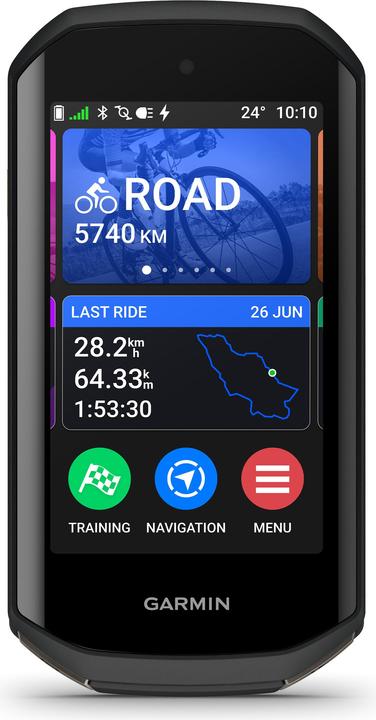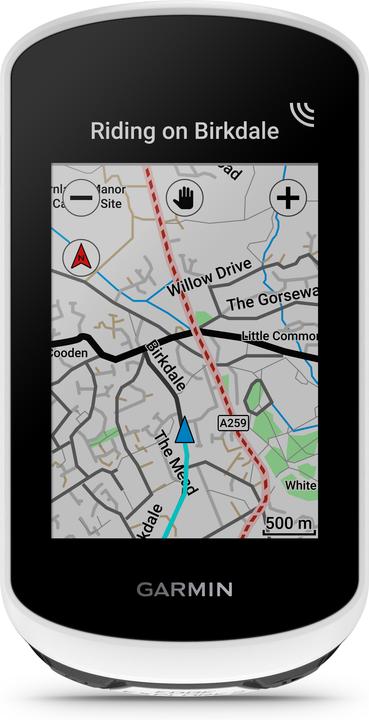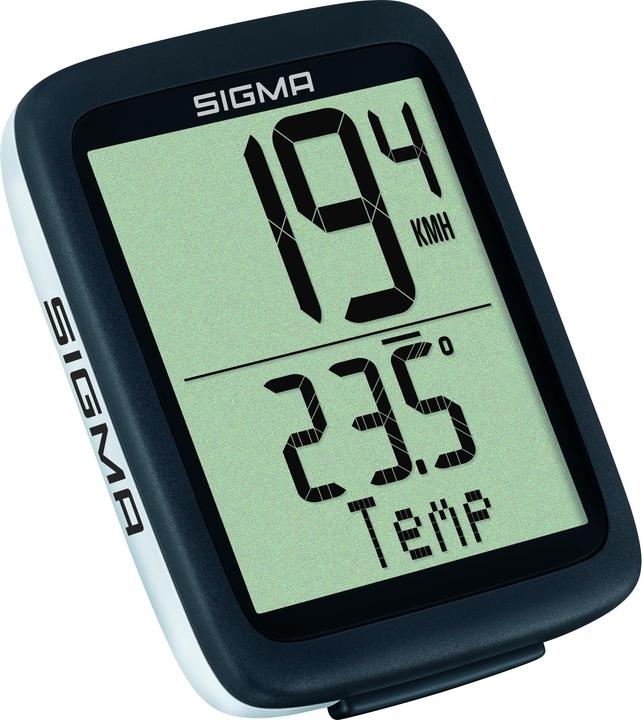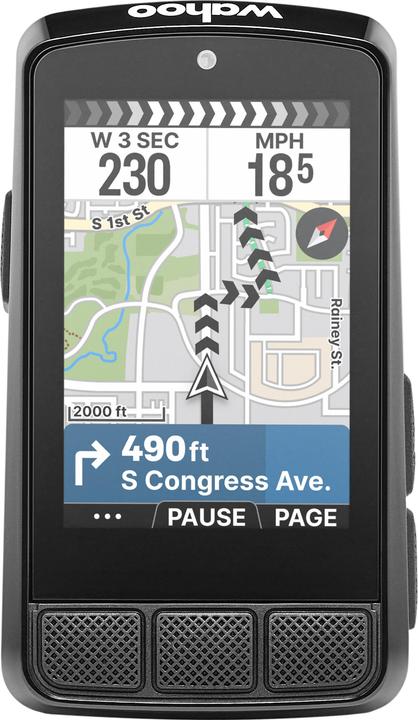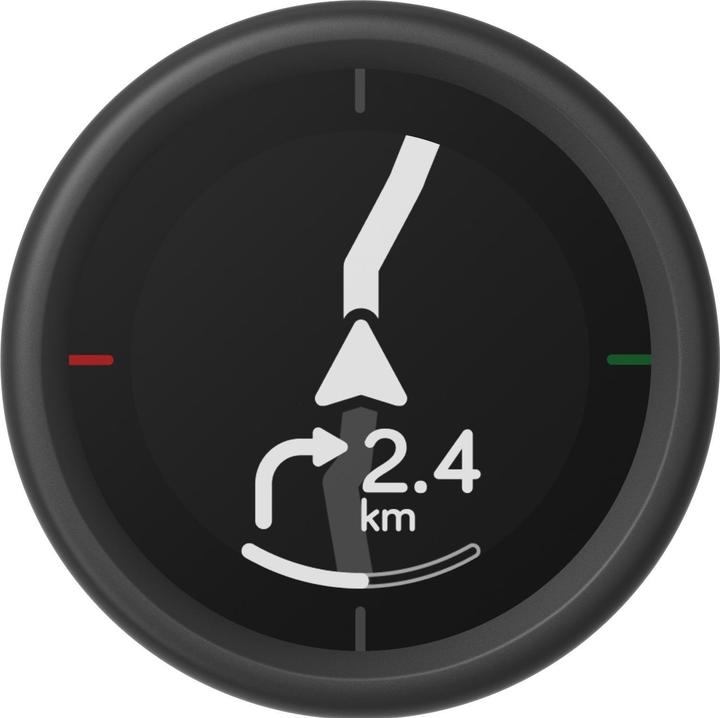
Too Many Bike Computers? Here's How to Choose the Right One
Here are five essential factors to consider when selecting the perfect bike computer for your needs.
Last updated 1 week ago. Automatically generated content.


Select options and limit the number of products
Display functions in bike computers determine how data is presented to the rider, impacting readability and interaction. Choosing the right display enhances the user experience, especially in varying light conditions and terrains.
Popular options (you can select more than one)
Touch screen
Allows for intuitive interaction with the device by tapping or swiping the screen.
Offers a user-friendly experience, making it easier to navigate through settings and data while riding.
Bestseller
with map display
Displays detailed maps for navigation directly on the bike computer.
Ideal for cyclists who frequently explore new routes, providing guidance and reducing the need for additional navigation devices.
Bestseller
Coloured
Presents information in vibrant colors, enhancing the visibility of data.
Improves readability, especially in bright sunlight, making it easier to distinguish between different metrics and alerts.
Bestseller
Battery life determines how long a bike computer can operate before needing a recharge, impacting usability and convenience during rides. Selecting a suitable battery life ensures the device won't fail mid-ride, especially during long-distance cycling adventures.
Popular options
Up to 18 h
Typical price
80.– to 360.–Suitable for short to medium rides, requiring frequent recharging for extended use.
Ideal for daily commuters or casual riders who prefer shorter rides and quick charging cycles.
Bestseller
19 - 36 h
Typical price
120.– to 420.–Balances longer usability with moderate recharging needs, catering to weekend trips and extended daily use.
Recommended for cyclists who engage in longer rides or overnight trips, offering reliable performance without constant recharging.
Bestseller
37 - 250 h
Typical price
54.– to 240.–Provides extended battery life, minimizing the need for frequent recharges even on long tours.
Perfect for endurance athletes or touring cyclists who need dependable power for multi-day adventures.
Bestseller
Navigation functions in bike computers help cyclists find and follow routes accurately, enhancing the cycling experience by providing critical map and route information. These features are essential for planning trips, discovering new paths, and ensuring a smooth journey without getting lost.
Popular options (you can select more than one)
Display of maps
Shows detailed maps on the bike computer screen, including roads, trails, and landmarks.
Helps cyclists visualize their route and surroundings, making navigation easier and more intuitive.
Bestseller
Route guidance
Provides turn-by-turn directions to help cyclists stay on the planned route.
Ensures you reach your destination efficiently, reducing the risk of missed turns or delays.
Bestseller
Point Of Interest (POI)
Identifies and highlights locations of interest such as rest stops, cafes, or repair shops.
Allows cyclists to plan breaks or find services conveniently during their ride, enhancing the overall cycling experience.
Bestseller
Localisation technology refers to the satellite systems used in bike computers to track and map your rides. Choosing the right technology can impact the accuracy and reliability of your navigation and data tracking, enhancing your cycling experience.
Popular options (you can select more than one)
GPS
Global Positioning System that provides worldwide coverage for positioning data.
Ideal for cyclists seeking reliable navigation and route tracking across various terrains.
Bestseller
GLONASS
Russian satellite navigation system offering enhanced coverage in northern latitudes.
Beneficial for cyclists navigating in remote or challenging environments, providing additional accuracy.
Bestseller
Galileo
European Union's satellite system known for high precision and accuracy.
Great for cyclists who require precise tracking, offering improved performance in urban areas with tall buildings.
Bestseller
Selecting the right brand in bike computers can significantly affect the accuracy of data tracking, user interface, and additional features like route navigation or connectivity. Brands such as Garmin and Wahoo are popular for their advanced technology and user-friendly interfaces, while Sigma Sport is known for offering more budget-friendly options without sacrificing essential functions.
Popular brands (you can select more than one)
Garmin
Leading in GPS technology, often preferred by professional cyclists.
Offers advanced features including detailed navigation and performance metrics.
Bestseller
Sigma Sport
Known for providing cost-effective bike computers with reliable performance.
Ideal for casual cyclists seeking essential features at an affordable price.
Bestseller
Wahoo
Renowned for its seamless integration with fitness apps and user-friendly design.
Benefits include customizable screens and robust wireless connectivity.
Bestseller
Beeline
Focuses on simplicity and ease of use, perfect for urban commuting.
Provides straightforward navigation with minimalistic design, ideal for city riders.
Bestseller
Hammerhead
Offers innovative design with high-resolution touchscreens.
Known for exceptional navigation capabilities, enhancing the cycling experience.
Bestseller

